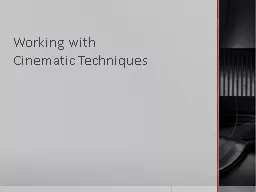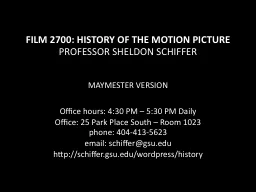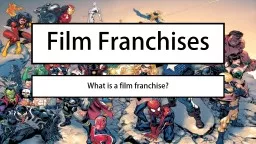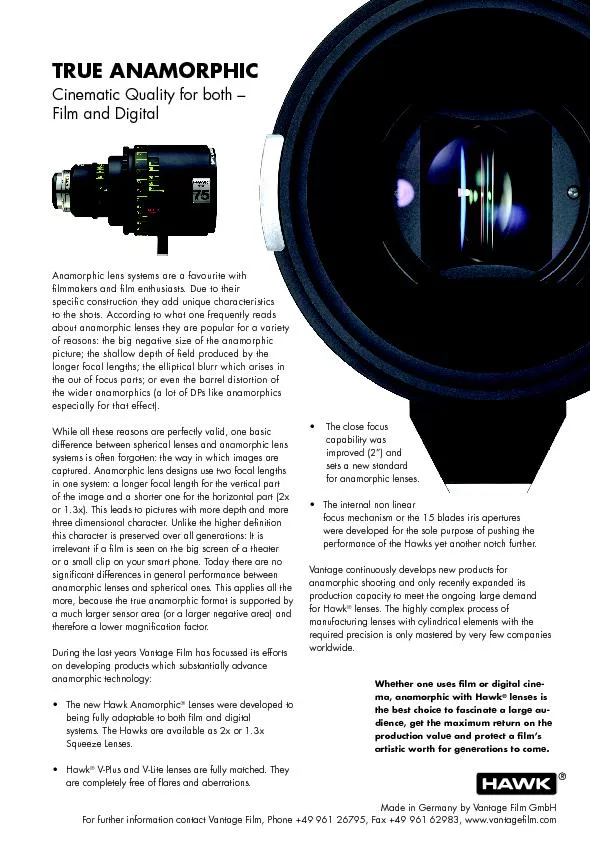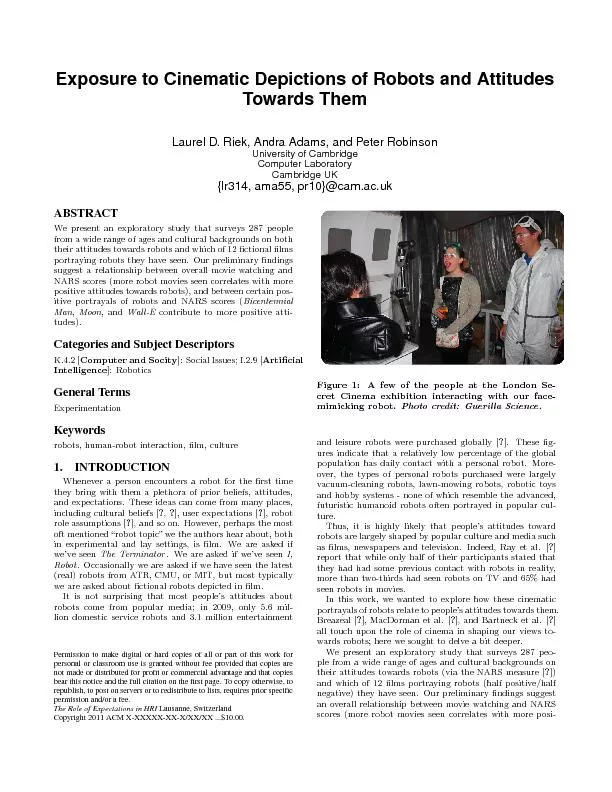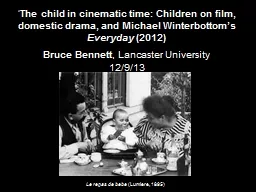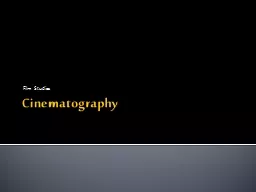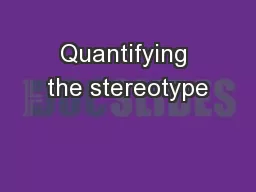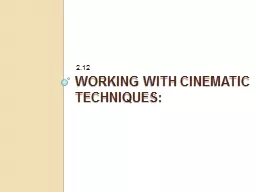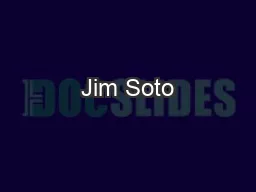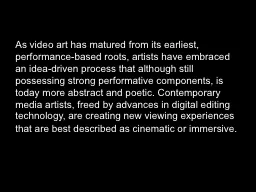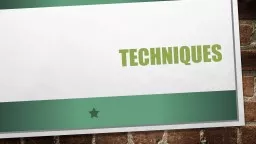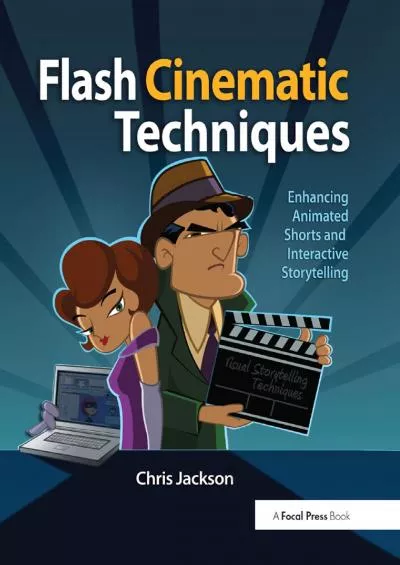PPT-Working with Cinematic Techniques
Author : karlyn-bohler | Published Date : 2018-03-10
Film Analysis Much like how a writer uses stylistic devices to achieve specific effects in their writing directors use cinematic techniques in their films for specific
Presentation Embed Code
Download Presentation
Download Presentation The PPT/PDF document "Working with Cinematic Techniques" is the property of its rightful owner. Permission is granted to download and print the materials on this website for personal, non-commercial use only, and to display it on your personal computer provided you do not modify the materials and that you retain all copyright notices contained in the materials. By downloading content from our website, you accept the terms of this agreement.
Working with Cinematic Techniques: Transcript
Download Rules Of Document
"Working with Cinematic Techniques"The content belongs to its owner. You may download and print it for personal use, without modification, and keep all copyright notices. By downloading, you agree to these terms.
Related Documents

